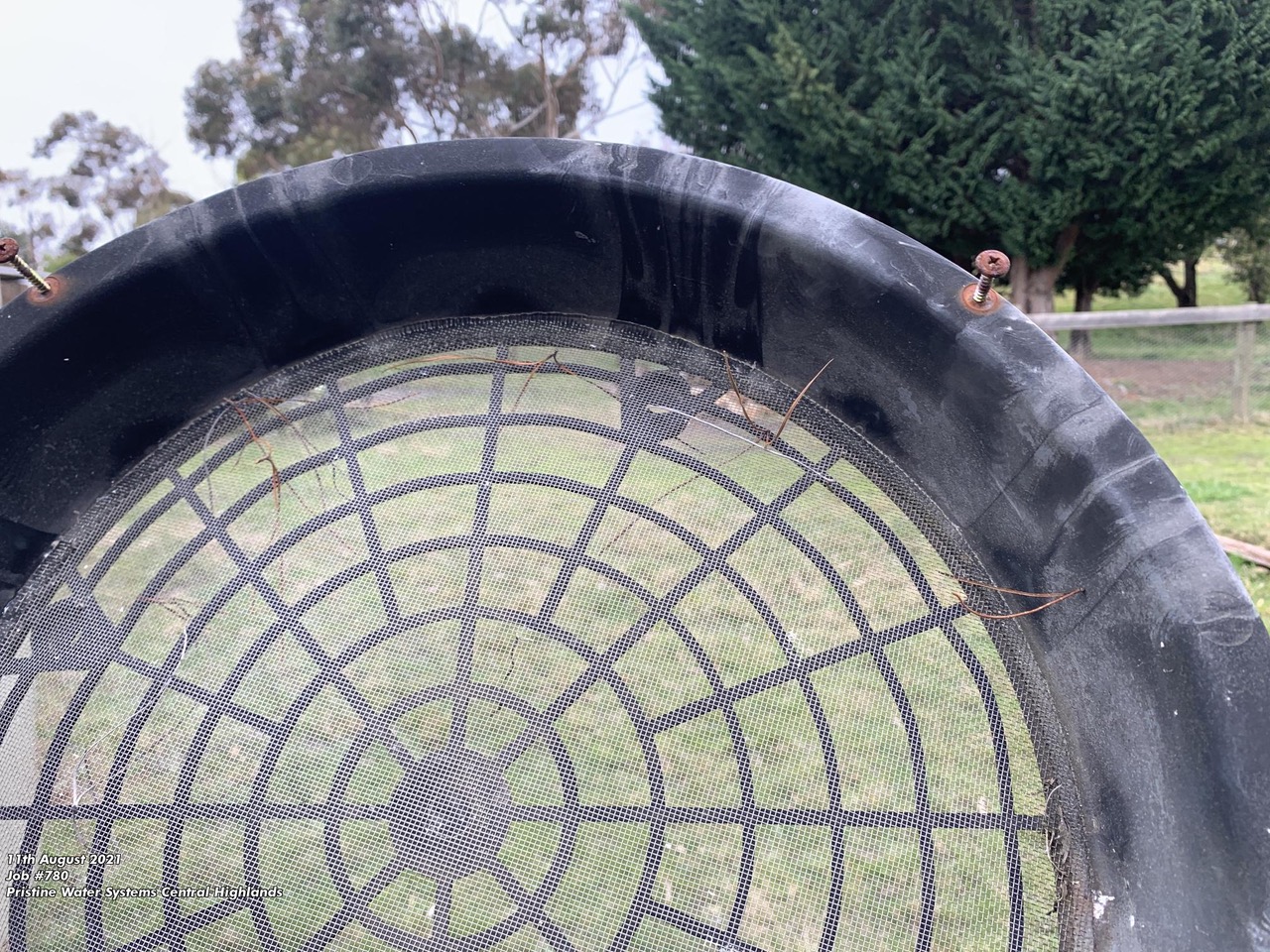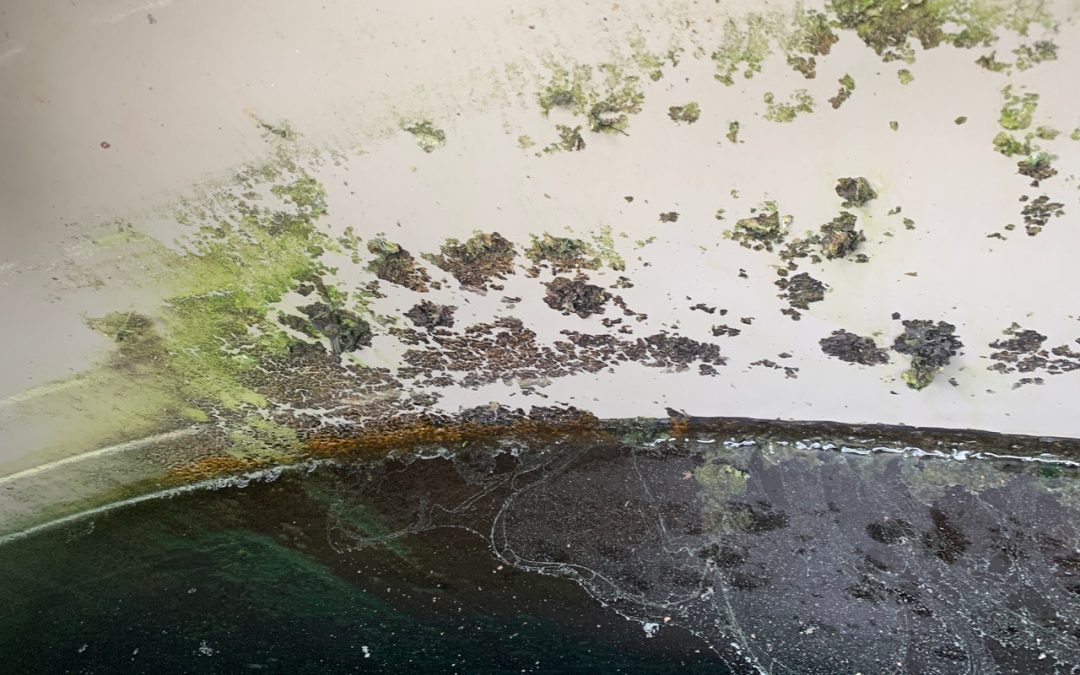How to prevent and maintain healthy drinking water
One of the common problems we encounter for customers who use rainwater tanks as their primary water source, is Algae. While many forms of algae may be harmless, there are some forms that produce toxins that can not only be unpleasant in taste and odour but can also cause serious health effects.
Rainwater tanks collect water from surfaces such as roofs where dirt, dust, bird droppings and organic matter such as leaves and twigs, gather. As the rain falls onto the roof surface, much of this material gets washed directly into the tank. Even with First Flush systems and strainers, water is passing over these organic items and flowing into your drinking water.
Algae are a diverse group of aquatic organisms that have the ability to conduct photosynthesis.1 Seaweed is actually an algae although it is consumable as a food product. But quite often your local pond, lake or creek can have an “algal bloom” due to stagnant water. Even your home fish tank can get dirty with algae if it isn’t maintained properly.
Some like the ‘organic’ taste of dirty water
Algae grows through a process called photosynthesis: the process by which green plants and some organisms use sunlight to synthesise nutrients from carbon dioxide and water.2
Water in your rainwater tanks, laced with organic material, with sunlight streaming in, will cause algae to grow through the process of photosynthesis. Majority of water tank owners don’t pay attention to the simple maintenance tasks that will prevent algae growing in their water tanks.
Prevention of an algae bloom in your drinking water is best managed by preventing sunlight getting into your water tanks. Ensure these areas are clean and clear of organic material, properly serviceable and have the correct fittings to ensure sunlight is not able to stream into your tanks. The most common access points are:
- Manhole/Strainer covers
- Overflow drain points
- Inlet pipes
- Cracks or weathered walls/roofs of tanks
But what if I have Algae in my tanks?
If algae has already started growing in your water tanks, removal will require 2 key steps:
- Ensuring sunlight cannot breach into the tanks (as above).
And either:
- Scraping/brushing the algae off the inner walls/roof of the tank and completely flushing/cleaning the tank out. OR
- Using a water sanitiser to kill the algae.
At Pristine Water Systems, we use our professional food grade water sanitiser AqueousPro™ to kill bacteria and viruses once a water tank has been cleaned. One of the added benefits of this nationally approved water sanitiser is that it will kill off algae.
When a customer’s water tank has been identified to have algae, we first repair and replace any points where sunlight penetrates into the water tank. We clean the water tank of sludge and organic material, and we then sanitise the tank. This removes two of the key ingredients for algae to grow: sunlight and organic material.
Concrete water tanks quite commonly have algae if sunlight is able to penetrate. But poly (plastic) and metal tanks have been known to have outbreaks if unmanaged.
Algae is an easy problem to manage, requiring simple maintenance and management processes. But the consequences of an algae bloom in your drinking water can be disastrous, causing skin irritation, mild respiratory effects, and hay fever-like symptoms. Ingesting toxins can cause gastroenteritis symptoms, such as vomiting, diarrhoea, fever and headaches.
If you suspect you have algae growing in your rainwater tanks, contact your local Pristine Water Systems water technician for a FREE inspection of your rainwater tanks (conditions apply).
Don’t you and your loved ones deserve PRISTINE water?
1 Source: https://www.livescience.com/54979-what-are-algae.html
2 Source: Google Dictionary


